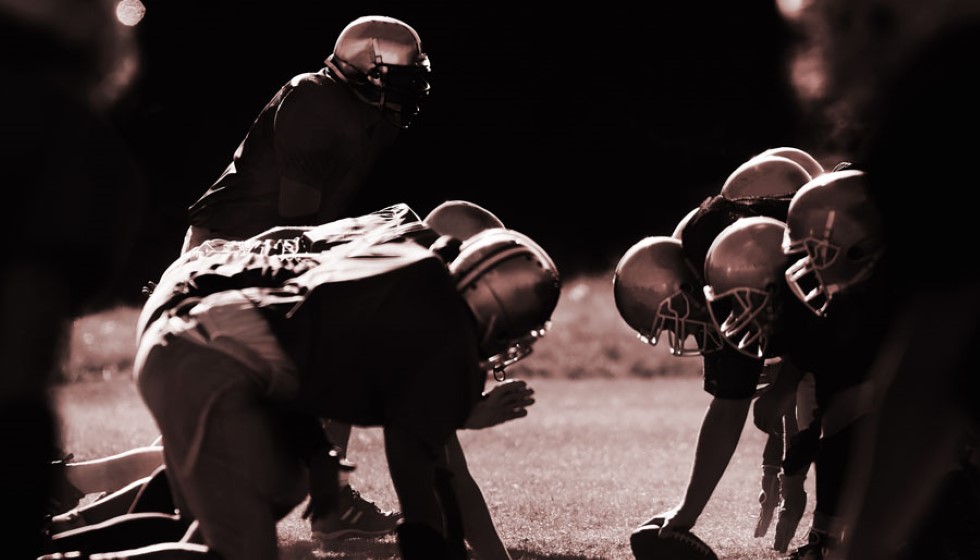
In a bid to enhance player safety, the NFL's newly implemented rule outlawing the hip-drop tackle seems to be facing teething problems. Officially rolled out this season, the rule has drawn significant attention and criticism due to inconsistent enforcement through the initial weeks of play.
A Rule Under Scrutiny
The rule, which penalizes the defense with a 15-yard infraction and an automatic first down, was established to curb the dangerous practice of defenders grabbing runners, swiveling their hips, and dropping their lower body weight onto the runners' legs below the knee. The primary concern is the severe leg injuries that this type of tackle can cause, potentially sidelining players for long periods.
However, the NFL's officiating body has encountered challenges in consistently applying this rule. Through the first 31 games of the season, there have been multiple instances of the banned tackle, yet penalties have been surprisingly rare. The inconsistency has not gone unnoticed, as evidenced by at least two missed calls on hip-drop tackles in Week 1 alone.
Case Examples and Concerns
A notable instance occurred with Bears linebacker T.J. Edwards, who executed a hip-drop tackle but escaped without a penalty. While Edwards might still face a fine from the league, the absence of an in-game penalty highlights the current enforcement issues.
Adding to the controversy, Houston Texans running back Joe Mixon suffered an ankle injury that could very well have stemmed from a hip-drop tackle. During Sunday's game, Mixon left the field with an injury, only to return in the fourth quarter. Texans head coach DeMeco Ryans remarked, "Joe got rolled up. The guy's weight definitely came down on his ankle. Didn't look good from my view." Ryans added, "We'll evaluate Joe throughout the week. Hopefully he's okay. Have to see the film and see if it was really a hip-drop tackle."
Mixon himself offered a pointed comment on social media, stating, "The NFL and NFLPA made it a rule and an emphasis for a reason. Time to put your money where your mouth is." His frustration mirrors broader concerns among players and coaches about the rule’s enforcement and the genuine threat to player safety.
Inconsistent Officiating and Its Implications
The primary objective of the hip-drop tackle rule is to protect players from potentially catastrophic injuries. However, inconsistent officiating undermines this goal, thereby putting players at risk and calling into question the integrity of the league’s safety measures. Referees are entrusted with the responsibility of upholding all safety regulations, and any lapses can significantly compromise the well-being of the athletes and the fairness of the game.
As the season continues, the enforcement of this rule will undoubtedly remain a focal point. The NFL must ensure that officials are adequately trained and vigilant in identifying and penalizing hip-drop tackles. Failure to do so endangers players and may lead to more severe injuries, much like the one Mixon experienced. Until the rule is applied consistently, the debate and scrutiny are likely to persist.
The hope within the league and among fans is that the NFL will address these discrepancies promptly. Player safety should never be compromised, and robust enforcement of safety rules is a non-negotiable aspect of professional football. It remains to be seen how officials will adjust their approach in the coming weeks, but one thing is clear: the onus is on the NFL to ensure that every game is played with the highest regard for player health and safety.